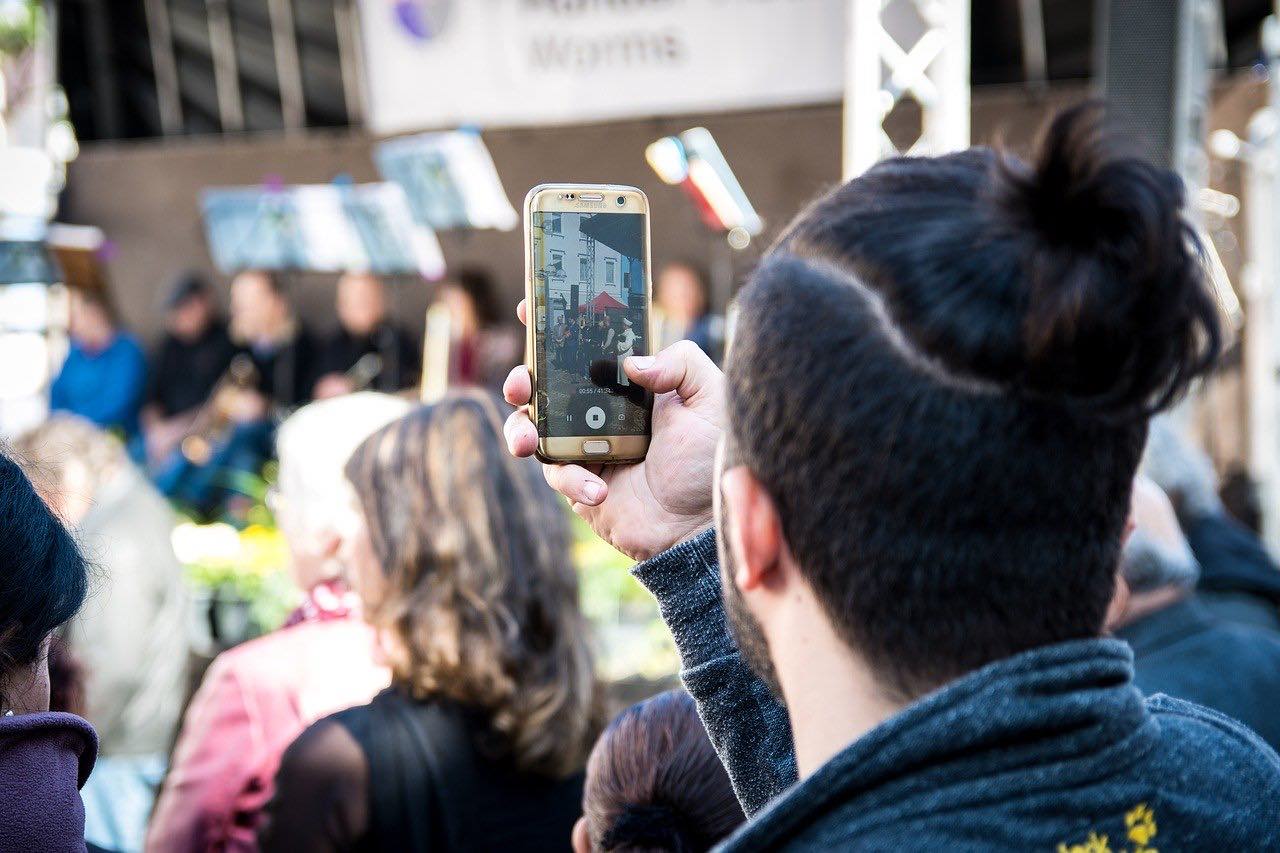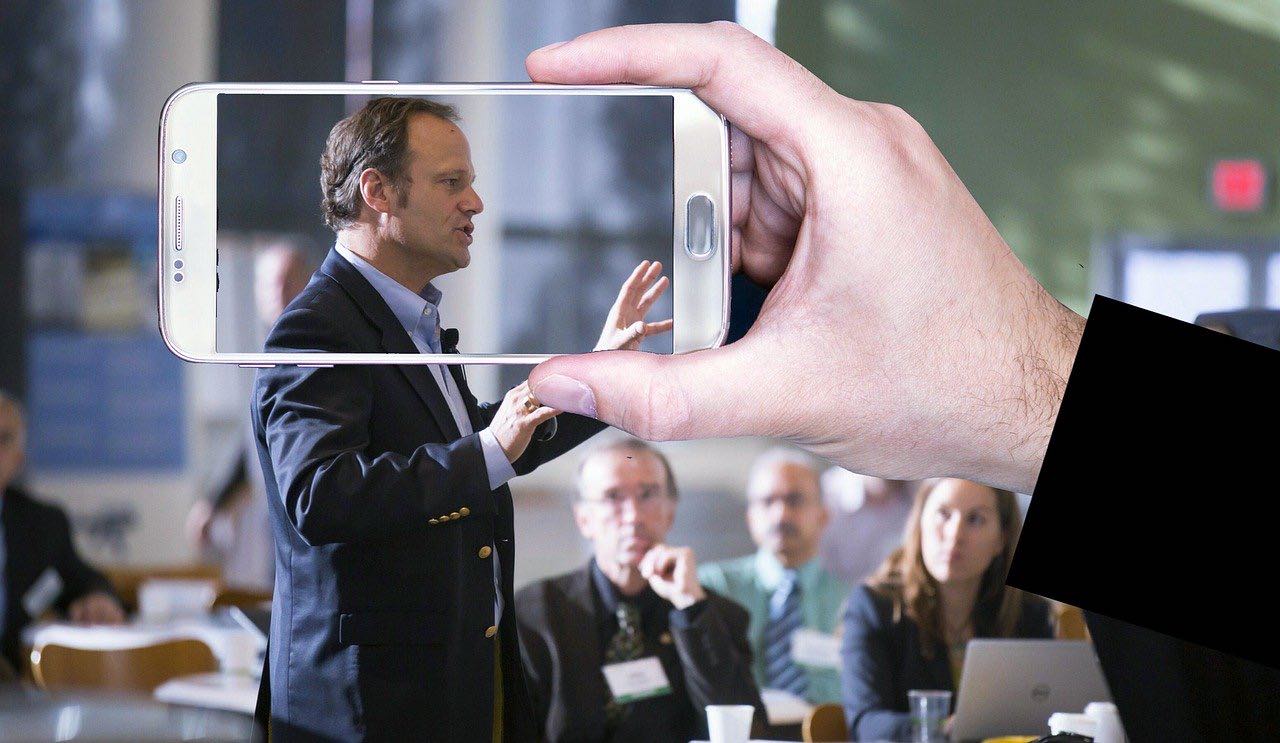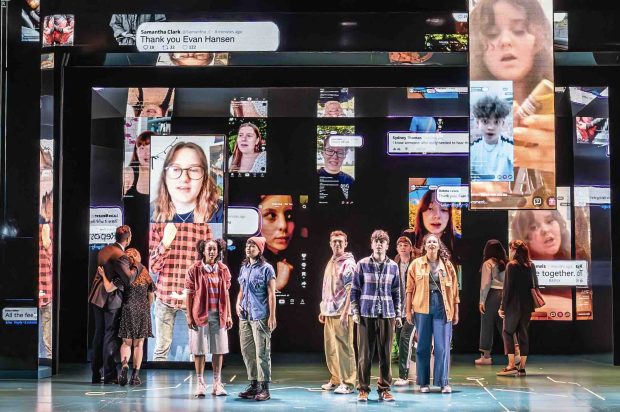November 22, 1963. John F. Kennedy, the 35th President of the United States, was assassinated at 12.30 PM Central Standard Time in Texas while riding in a presidential motorcade. Most media crews weren’t riding with the convoy. The ones that were riding with the motorcade were doing so at the back of the procession. Because of this, no media houses could broadcast the event live on their channels.
Abraham Zapruder, a garment manufacturer and an amateur cameraman filmed the event on a 26-second-long silent 8mm film. Zapruder film, as it came to be called, became a crucial part of the investigations by the Warren Commission, because it is the most accurate film of the event. The US government paid the Zapruder family $16 million, and the film went on to be a part of the collection of evidence on JFK’s assassination.
This is probably the most famous example of mobile journalism. A more contemporary example would be the social media influencers that cover comic cons, music festivals, food events, literature festivals, fashion weeks, and others.
What is mobile journalism?
Mobile journalism is a form of news storytelling where freelance or staff reporters use electronic devices – like smartphones, tablets, handheld cameras, etc. – to gather, edit, and broadcast news using the internet. These reporters or journalists are called mobile journalists or MoJos.
In today’s all connected world, news can come from anywhere at any time. It is obvious that no media house can hire enough journalists to be present in every nook and cranny of the Earth. This is where mobile journalists help to get news faster and cheaper to the audience.
As compared to traditional journalism where it is vital to invest a few years until you can be hired as a professional journalist, mobile journalism can be started by anyone. All you need is a good camera phone, the will to learn, and the internet.
An offer you can’t refuse
Reading what has been written before this, anybody is bound to think that is not for established media houses or journalists. However, the best part about mobile journalism is that it makes everyone’s lives easier.
1. Value for Money
With the advent of phone cameras that capture high-quality images and videos, it is very easy to have the resources to cover a story and provide a decent copy. Smartphones and tablets are the devices generally used for mobile journalism. These devices are also lighter and more compact to carry anywhere. The combined cost of accessories used to enhance the sound, light and video quality for these devices is still much less than the traditional equipment used by the media crews. Every smartphone has become a pocket studio or a walking newsroom in that manner.
2. As Fast as Bolt
To cover an event media crews would need to set the equipment upon arrival before broadcasting an event. With mobile journalism, all you need to do is, put on a lapel mic and switch on the camera of your phone, and you can go live directly from an app in your phone within minutes. This way you reach your audiences before your competition does. And we all know how important that is.
3. Up, Close and Personal
Earlier this year, Hollywood director Steven Soderbergh, famous for breaking barriers in his industry, used an iPhone to direct the thriller, Unsane.
“I think this is the future,” he told Indiewire. He used the iPhone not to save costs, but to fit the phone into smaller places where the 35mm camera wouldn’t have otherwise fit. This gave him the liberty to experiment with new angles.
Also, people are more likely to be forthcoming with their answers to someone with a phone camera than someone with a traditional camera, shows Panu Karhunen’s study.
4. It’s Not Rocket Science
Since everyone today practically lives on the internet, it is not very difficult to learn something like mobile journalism. There are many excellent courses available that teach you how to set the right angles, how to tell a good story, what tools need to be used, etc. A lot of the information is also available for free, and a lot more can be learned through experimentation. Or you can just create your own video for Youtube and upload it there.








